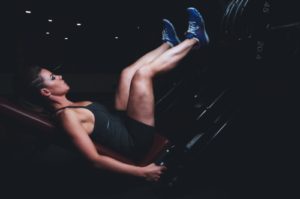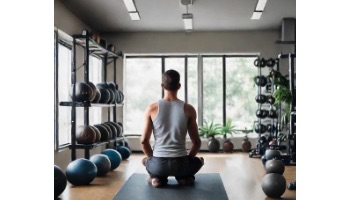 It’s common to think of exercises like bicep curls and rows, or leg curls and leg presses as the main components of a workout program. However, for the non-body builder it can be more beneficial to view them only as extras. In this context they are called accessory exercises and they help make other activities, like full body movements, better.
It’s common to think of exercises like bicep curls and rows, or leg curls and leg presses as the main components of a workout program. However, for the non-body builder it can be more beneficial to view them only as extras. In this context they are called accessory exercises and they help make other activities, like full body movements, better.
What Accessory Exercises Are For
Smaller, more isolated movements such as rows, pull downs, biceps curls, leg extension, and the like focus the workload during training onto specific areas of the body. That extra effort is best for either producing bigger muscles or for targeting specific weaknesses. If you are one of the many exercisers not interested in bulk then you are more likely to need these exercises for their second purpose – to target weak links.
Consider a movement like the deadlift. If you try to do a heavy deadlift with a weak upper back you are not likely to succeed. Your back will give out before your legs have a chance to exert their full power. This is where something like a row or a lat-pull down can help. Bringing up the strength in that specific area through the targeted use of accessory exercises will improve the big lift.
As another example, have you ever noticed your hips sagging while doing push ups, especially as you get tired? That’s because you are holding a plank position the whole time, which can be tiring for the core. If this happens to you, adding planks into your routine as an accessory exercise could help. As your core endurance improves, it will be easier to keep the hips up and your push ups will be stronger.
‘Accessory Exercise’ Is More Than A Name, It’s A Concept
This rebranding of movements into ‘accessories’ isn’t just about terminology. The name conveys a key concept, which is that these movements are meant to be supplements, not staples. They are not important in and of themselves and only appear in a training program for specific reasons. Further, once an accessory exercise has done its job, it can be removed from the program until needed again.
The approach has several benefits. First and foremost, it saves time by eliminating exercises you might be doing because you always have, but that are no longer serving any real purpose in your program. Secondly, it cuts down on the wear and tear that long term isolation work can cause. Third, if you are not chasing bulk, the free time allows you to concentrate on other exercises that are more specific to your goals, such as overall strength.


